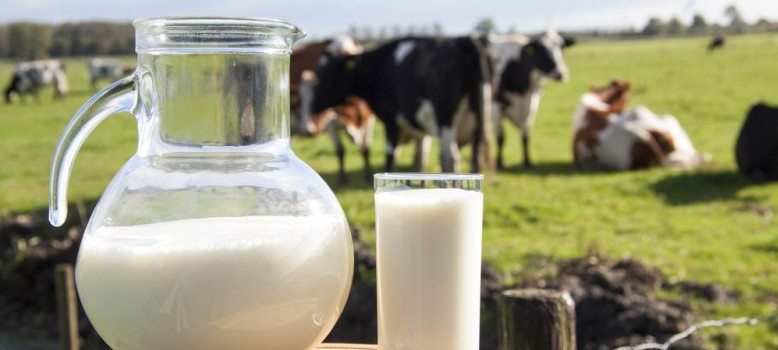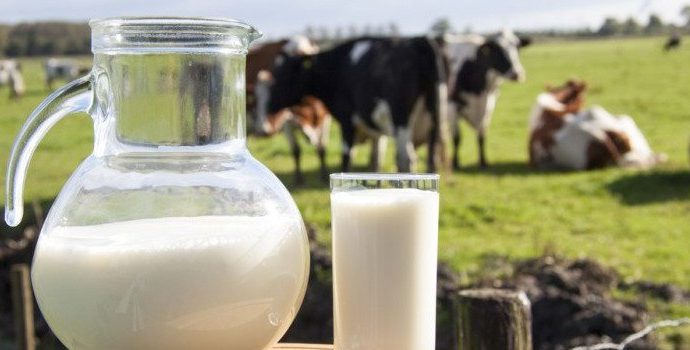New Leadership at Helm of IFA Liquid Milk Committee

Henry Dunne from Wexford has been elected chair of the IFA Liquid Milk Committee. He succeeds Keith O’Boyle who has completed his term.
Henry Dunne farms near Enniscorthy. He is part of the FMP group and supplies liquid milk under the National Milk Agency (NMA) contract to Tirlán.
Mervyn Helen from Clonakilty, Co Cork, a liquid milk supplier to Clona, is the new vice-chair.
Henry Dunne thanked his predecessor for his work on behalf of liquid milk suppliers and pledged to continue to raise the issues that are important to the sector.
“Poor weather conditions compounded by high production costs have exposed the vulnerability of the fresh milk sector which is now at a critical juncture. If we don’t get a higher price, the supply of liquid milk will continue to contract.”
“We cannot let this trend continue to a point when the supply of fresh milk is jeopardised in Ireland. Our sector will simply disappear,” the IFA National Liquid Milk Chair said.
The number of farmers who supply fresh milk to the retail market has fallen consecutively every year (cumulative reduction of 60%) since 2002, with only 1,286 suppliers left. It is expected that the number will continue to decline.
“The cost of producing fresh milk all year round is considerably higher than seasonal milk production. When farmers are faced with falling incomes and increased regulation, they are being forced to take out their year-round milk production systems,” he said.
“Up to now, increased herd sizes and increased yields per cow have sustained supply despite falling numbers of suppliers, but we have reached the end of the road. Without an increase in the retail price of milk we can no longer afford to continue with a year-round milk production model.”
“If the retail sector is serious about sustainability, they must recognise that locally-produced fresh milk, and those farmers contracted 365 days of the year to produce it, need to have their costs of production fully accounted for by the food supply chain,” he concluded.


